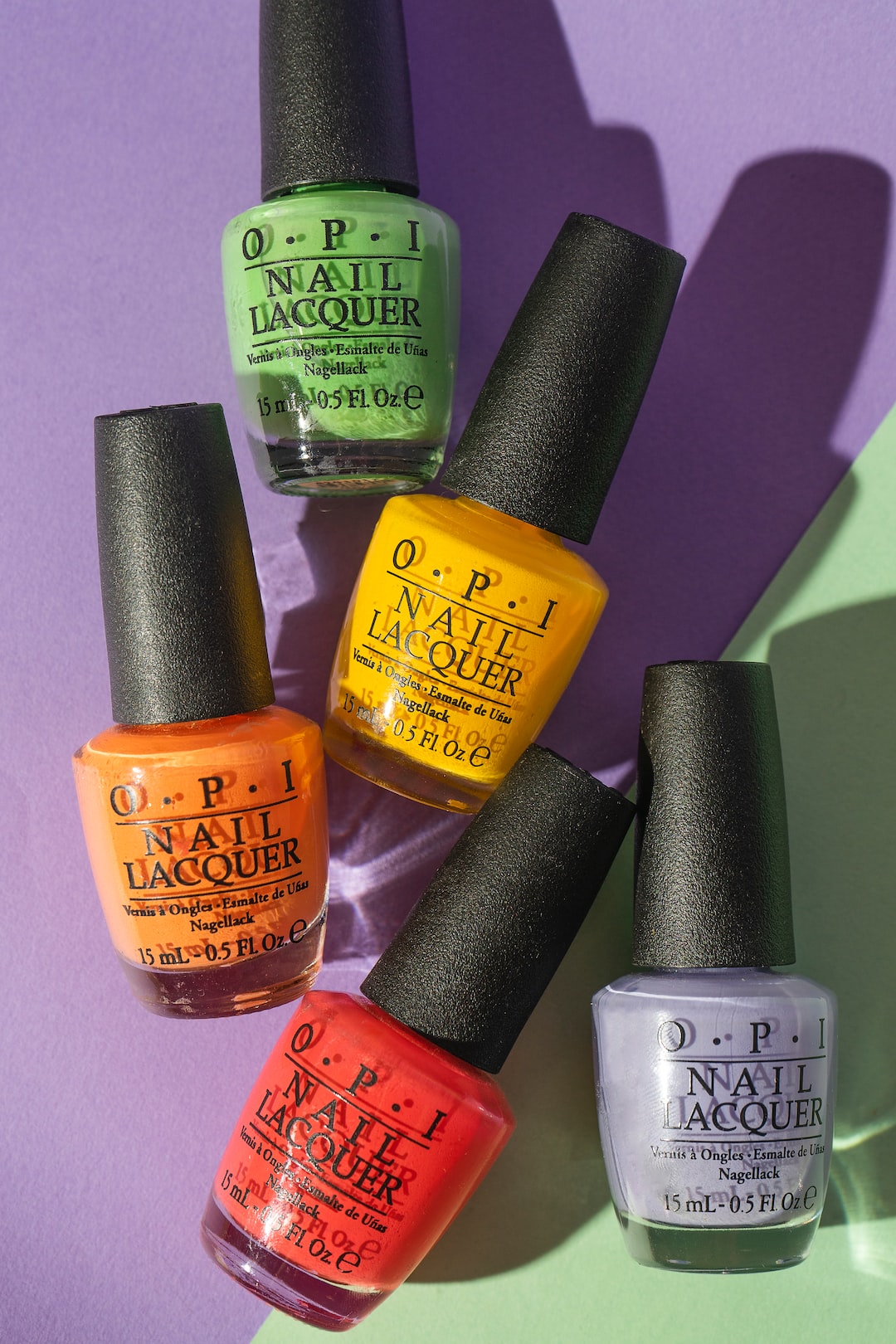Exploring the World of Clean Beauty and Its Impact on the Environment
In recent years, the beauty industry has witnessed a remarkable shift towards a more conscious and sustainable approach with the rise of clean beauty. Clean beauty, often interchangeably used with natural or organic beauty, refers to products that are made with non-toxic, ethically sourced, and environmentally friendly ingredients. This growing trend is not only revolutionizing the way we think about cosmetics but is also having a significant impact on the environment.
To understand the substantial progress clean beauty has made, let’s first delve into the reasons behind its emergence. Traditional beauty products often contain harmful chemicals such as parabens, phthalates, and synthetic fragrances, which not only affect our health but also have a detrimental effect on the environment. These chemicals are known to cause various health issues, including hormone disruption and skin irritations. When washed away, these toxins find their way into our water systems, polluting our oceans, and posing a threat to marine life.
Clean beauty, on the other hand, offers a safer alternative by utilizing plant-based and naturally derived ingredients that are gentle on the skin and, importantly, do not harm the environment during their production and disposal. By using a range of sustainable sourcing methods, such as organic agriculture and fair trade practices, clean beauty brands are promoting ethical and responsible use of raw materials. This ensures that biodiversity is preserved, ecosystems remain intact, and farmers and communities are fairly compensated for their work.
Moreover, the impact of clean beauty extends beyond the ingredients used. Sustainable packaging has also become a key focus within the industry. Many brands are now adopting recyclable, biodegradable, or even compostable materials for their product packaging. This eco-conscious shift is reducing the amount of single-use plastic waste, which is notorious for its long-lasting presence in landfills and its devastating effect on wildlife and ecosystems. By choosing clean beauty products, consumers are actively participating in the reduction of plastic pollution and promoting a circular economy.
The demand for clean beauty has caught the attention of both consumers and industry giants alike. Growing consumer awareness and concern for the environment has pushed larger cosmetic companies to rethink their production methods. Many have started incorporating sustainable practices by sourcing ingredients responsibly, reducing waste, and investing in renewable energy. This change not only benefits the environment but also encourages other industry players to follow suit, thus catalyzing a broader movement toward sustainable beauty practices.
While clean beauty is making tremendous strides, it is essential to remain cautious of greenwashing – a practice in which companies falsely claim their products are clean or natural, when in reality, they may still contain harmful ingredients or lack transparency in their production processes. This highlights the importance of looking for third-party certifications or researching brands to ensure their commitment to clean beauty truly aligns with one’s values.
Fortunately, many organizations and certifications are actively working to address this concern. Recognized certifications such as USDA Organic, Ecocert, and COSMOS provide consumers with reliable standards to verify the authenticity of clean beauty products. These certifications ensure that products meet strict requirements, including the absence of harmful chemicals, sustainable sourcing, and ethical manufacturing practices. By supporting these certified brands, consumers can make more informed choices and contribute to maintaining the integrity of the clean beauty movement.
In conclusion, the advent of clean beauty has marked a significant turning point in the beauty industry, promoting a more sustainable and environmentally friendly approach to cosmetics. By opting for non-toxic ingredients, eco-friendly packaging, and supporting ethical production processes, clean beauty enthusiasts are actively contributing to the preservation of biodiversity, the reduction of plastic waste, and the protection of our ecosystems. As this trend continues to gain momentum, it is crucial for consumers to remain vigilant and support brands that genuinely uphold the values of clean beauty. Together, we can forever change the landscape of beauty and ensure a healthier future for both ourselves and the planet.
